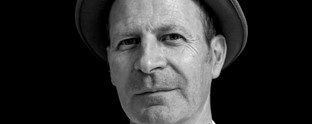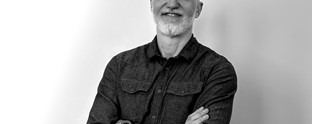Designers in times of war
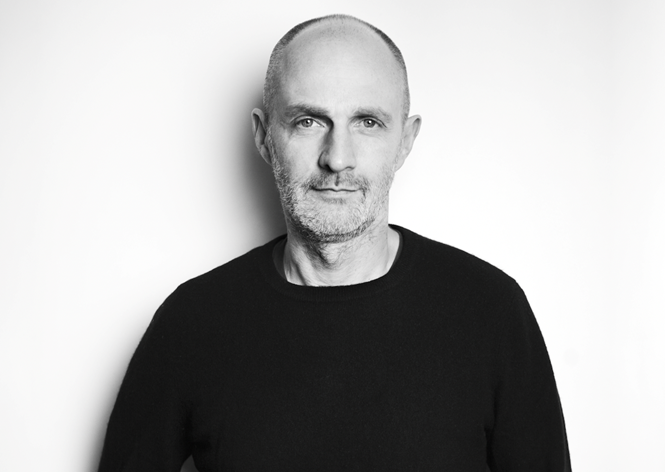
Thierry Brunfaut is the creative director and founding partner at global brand design agency Base Design. He describes his experience of attending the Dysarium Design Conference in Lviv, Ukraine, and reflects on what it means to be a designer during conflict.
Being the sole foreign designer to accept the invitation to speak at Dysarium 2023, the first design conference held in Ukraine since the beginning of the Russian invasion, was not merely a decision; it was a multifaceted contemplation, an emotional journey that began long before I arrived in Lviv.
The journey was accompanied by reflection. What does it truly mean to travel to a nation embroiled in conflict? What sights and emotions would I encounter? Who would I meet? Would my contribution be suitable for the prevailing circumstances and the audience? Was it even safe to make the trip? Why did I agree to this in the first place?
Yet, amidst this sea of uncertainties, I found confidence that Yuliana, Ola, Yulia, Yuriy and Yura – the remarkable individuals comprising the Dysarium crew – extended the invitation, implying their awareness and consideration for my safety. Our Zoom calls served as a foundation for their immediate reassurances. Despite my doubts, one thing remained certain – my desire to embark on this journey. To fully immerse myself into understanding what it really means to be a designer during conflict.
Oleg awaited my arrival at the Warsaw Chopin airport. Following a five-hour drive and a few hours of border delays, we reached Lviv. The initial impression was jarring – everything appeared normal. The city teemed with life. People went about their daily routines, navigating the streets, frequenting stores and savoring moments in coffee shops. My hotel accommodation exuded a familiar trendiness, similar to any other European city, complete with cold beer in the minibar.
However, my perceptions were swiftly altered during my initial interactions and discussions with Ukrainian designers at the speakers’ dinner on that first night. One of them acquainted me with two highly beneficial tools designed specifically for the Ukrainian population: an 'alert' mobile application that notifies of possible Russian missile strikes and another application that offers real-time updates on the advancement of the conflict in eastern Ukraine. The façade of normalcy masked a stark truth – the war permeated every conversation, every thought and every heart. I realised each person I met had a connection – a friend, a cousin, a sibling – presently involved in the military or stationed at the front lines.
The following day at the Dysarium conference opening solidified this understanding. Gathered were over 1,500 young professionals, students and creatives to honor creativity and design. Yet, this conference differed vastly from others I've attended. First, Yura showed me where the bomb shelter was – just below the main venue. And when Lviv's charismatic mayor, Andriy Sadovyy, inaugurated the event, the audience fervently cheered, exclaiming 'Glory to Ukraine’, a salutation that had become commonplace for the past two years.
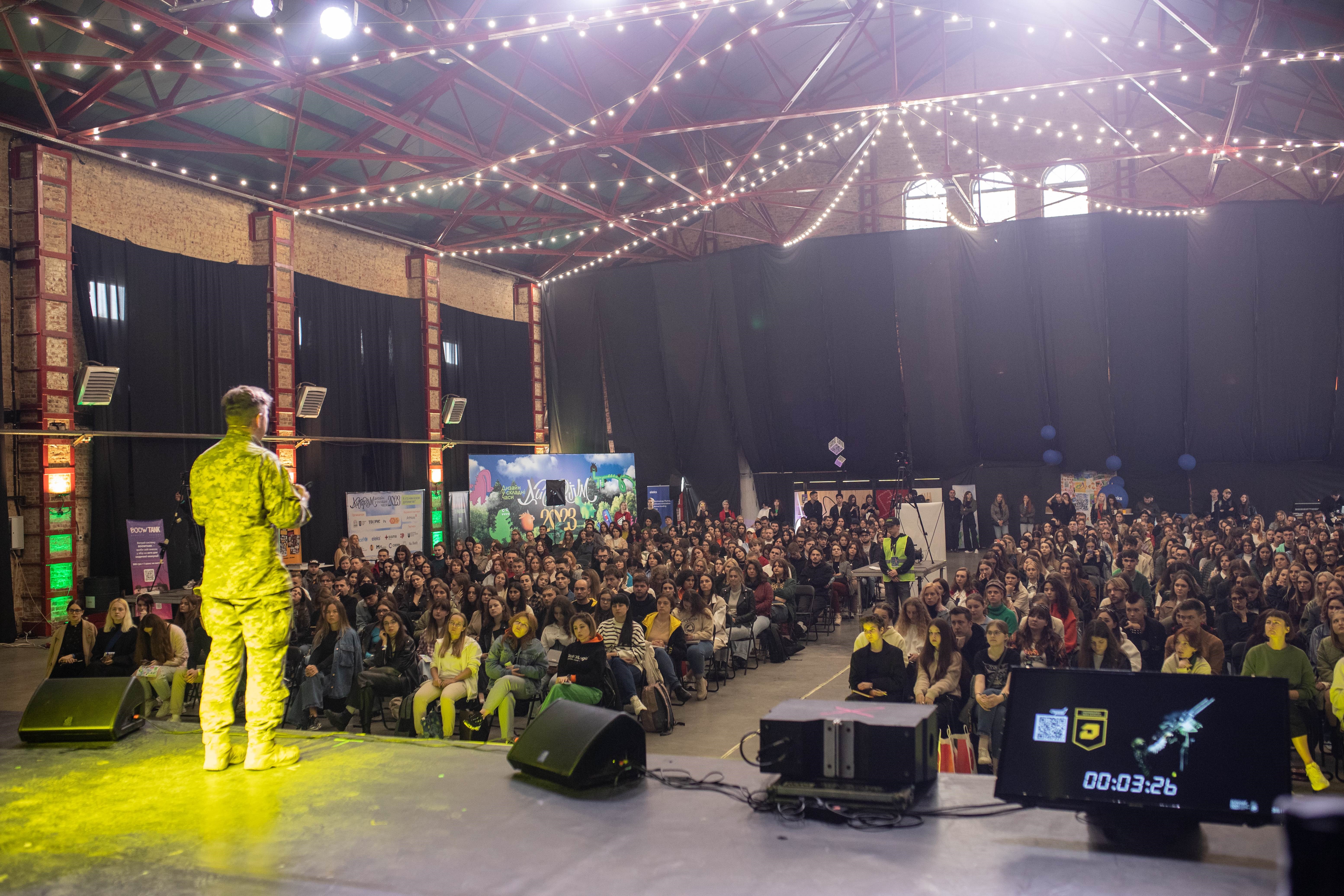
Unlike any other conference, I listened to a designer, Vitalii Kyryliv, co-founder of Hochu Rayu and soldier, donned in battle attire, elucidating how their team crafted tools to combat Russian drones and incorporated design thinking within the Armed Forces of Ukraine.
Unlike any other conference, I saw a designer, Glib Kaporikov, co-founder and creative director of Lliwell, presenting ‘Freedom’, a magazine explicitly conceived to reflect on the war's impact on individuals.
Unlike any other conference, I witnessed a designer, Volodymyr Blazhivskyi, founder of Happy Design agency, addressing the problem of burnout among designers and inviting them to embrace mindfulness to boost their creativity and resilience.
Unlike any other conference, I met two creatives, Anatoly Popel and Mykhailo ‘Mike’ Samovarov, who introduced a unique new design and technology education platform format they were constructing to unite young creative minds nationwide.
Unlike any other conference, I learned of a fashion designer, Ros Satana, founder of Pohuy (Hero) – an adaptive clothing collection specially tailored for individuals who have lost limbs. Most of those he designed for had found solace in a newly established facility called Unbroken, which I visited the next day, erected in just three months under the mayor of Lviv's leadership, aided by Western governments, corporations and major NGOs.
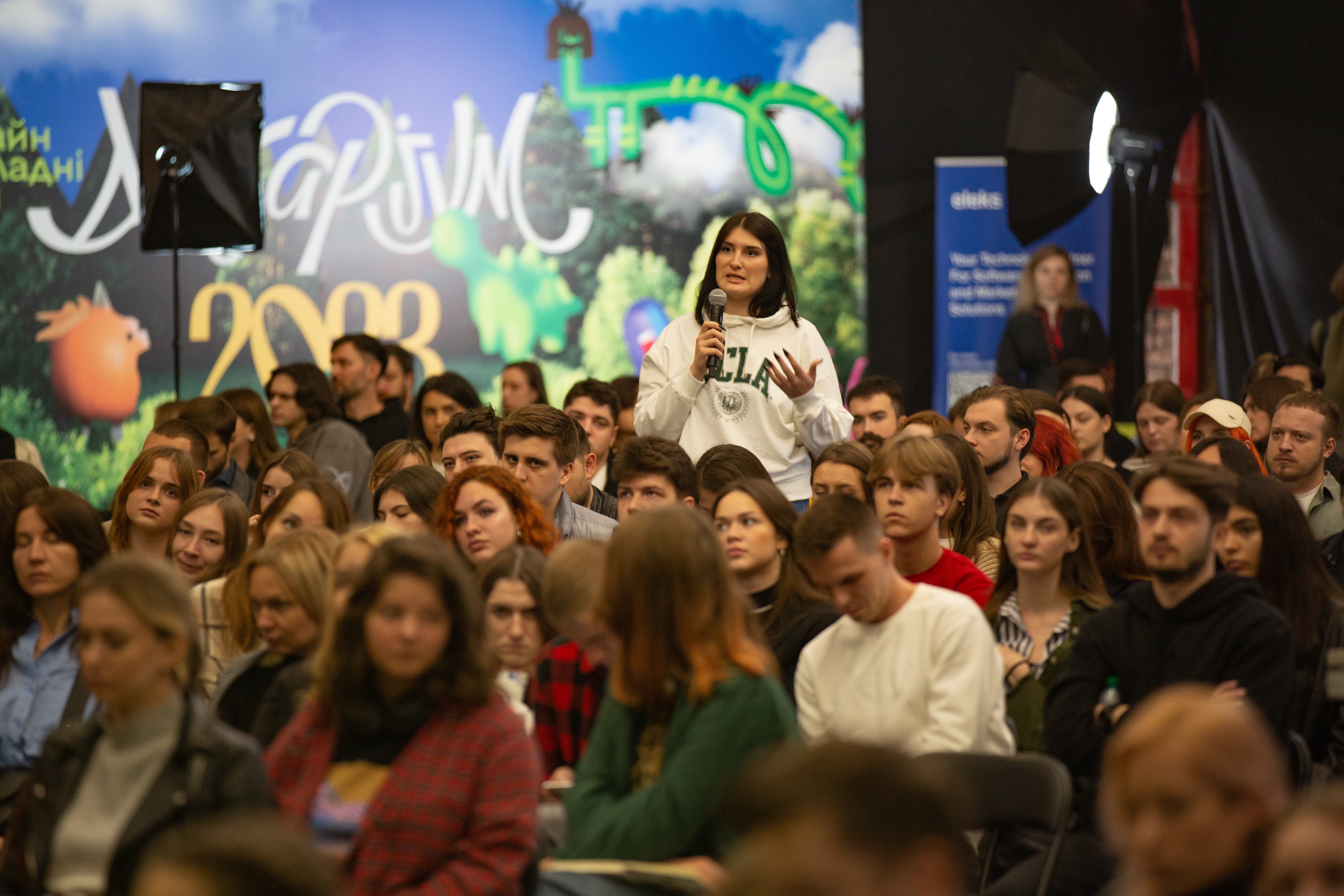
Dysarium was a realm apart – a catalyst to a realisation that soon dawned on me. Living in a country at war meant that the nation, in its united pursuit to triumph, had to persist – trade, create and function. Every designer, akin to every citizen, played a part in this battle, striving to contribute their utmost. I sensed an overwhelming sorrow within each individual, juxtaposed by shared solidarity and courage.
My talk, 'How to Design a Design Company', centered on human interactions and the mistakes designers make when building their businesses, brought a lighter mood to the event and connected beautifully with the audience. But what I initially perceived as merely delivering a speech revealed to hold far greater significance. The heartfelt gratitude expressed by those I met unveiled a poignant truth – my newfound Ukrainian designer friends longed for connections, potential work opportunities and collaborations. Beyond the fear of losing loved ones and the onslaught of Russian attacks, their ultimate apprehension lay in feeling isolated and forgotten.
In their most trying moments as designers, they sought and deserve our collective support.
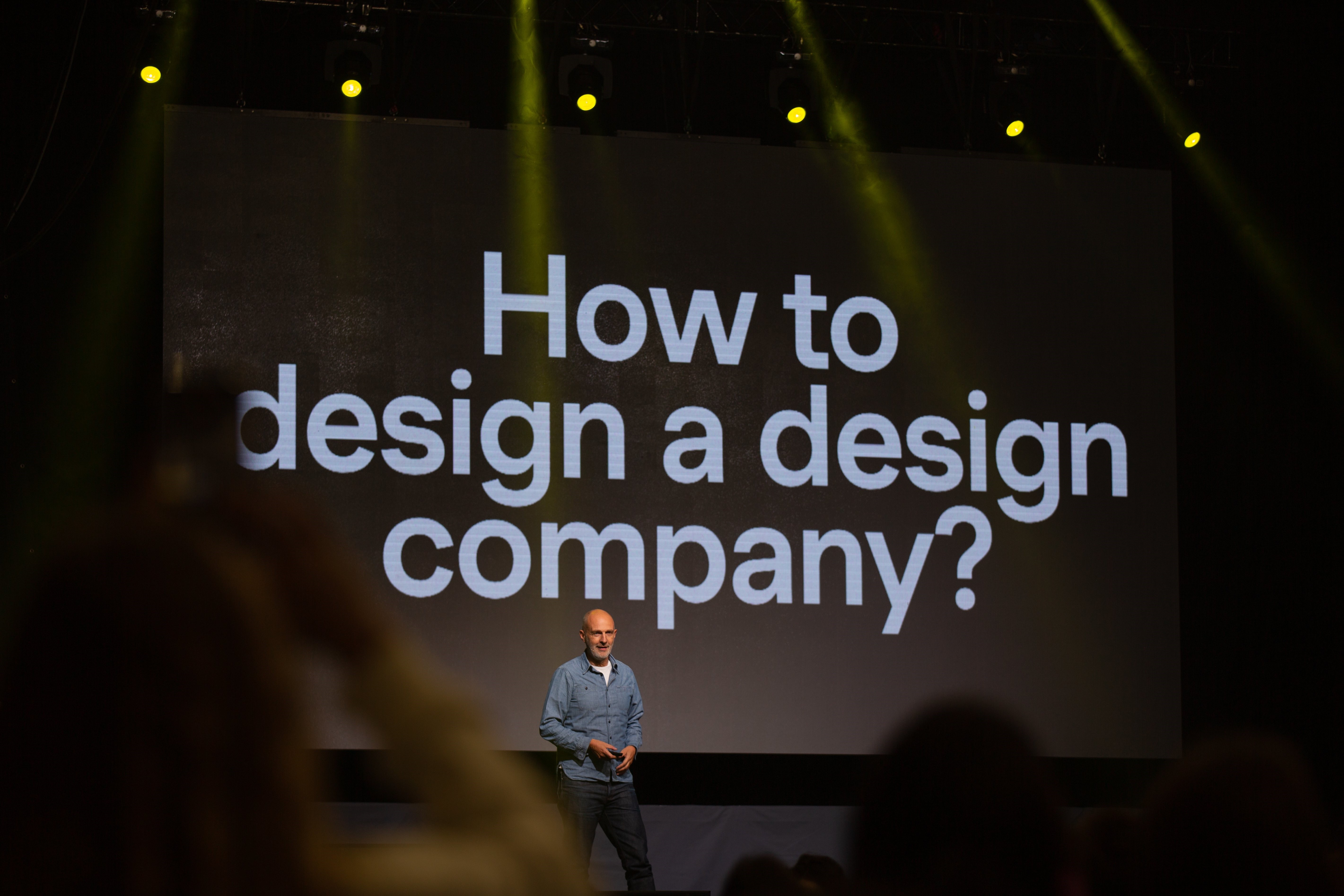
Photography credit: © Andriy Pashkovskiy
Headshot credit: Lydie Nesvadba

